Generation of technology, its transfer and feedback
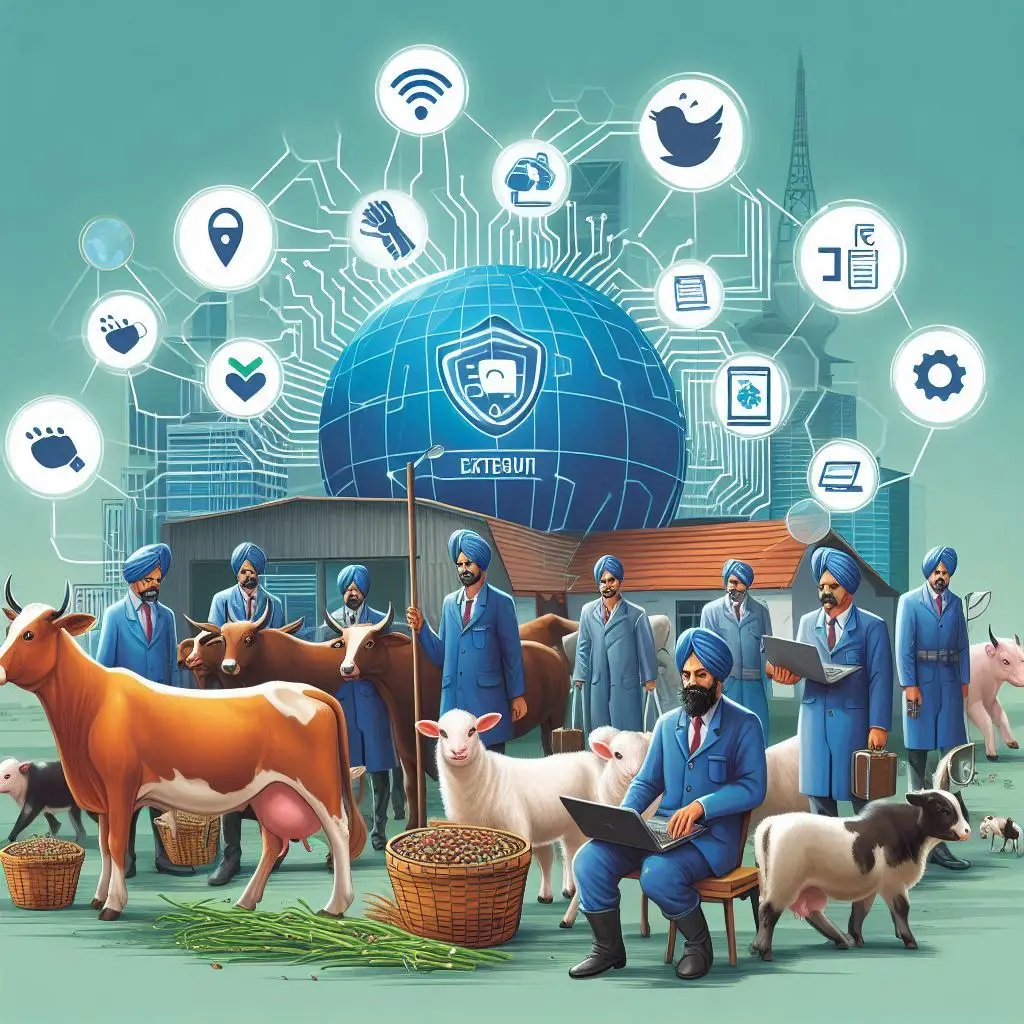
Introduction
The world of agriculture is evolving rapidly. Innovations in agricultural technology are transforming how we grow food and manage resources. The generation, transfer, and feedback of these technologies are essential for improving agricultural practices and increasing productivity. This article will explore each stage of this process and its significance, especially in the animal husbandry sector.
The Process of Agricultural Technology Development
Understanding the stages involved in agricultural technology development is crucial. Each stage plays a vital role in ensuring that innovations reach farmers effectively.
1. Generation of Technology
The journey begins with the generation of technology. Researchers and scientists create new agricultural innovations through extensive research and experimentation. These innovations can range from new crop varieties to advanced farming equipment.
2. Adaptation and Testing
Once a technology is generated, it must be tested and adapted. This stage involves customizing innovations to fit different agricultural contexts. For instance, a new irrigation system may work well in one region but require adjustments in another due to varying soil types and climates.
3. Transfer of Technology
The next step is the transfer of technology. This involves sharing knowledge and innovations with farmers. Various methods can facilitate this transfer, including workshops, training sessions, and extension services. Organizations, both governmental and non-governmental, play a crucial role in this process.
4. On-Farm Implementation
Farmers then implement these technologies on their farms. This stage can present challenges, such as a lack of resources or knowledge. However, successful implementation is key to realizing the benefits of new technologies.
5. Feedback and Monitoring
Continuous assessment is vital. Collecting feedback from farmers helps measure the technology’s impact. This feedback can reveal challenges faced during implementation and areas needing improvement.
6. Adaptation and Refinement
Based on the feedback collected, innovations can be adjusted. This adaptation ensures that technologies meet local conditions and farmer needs. For example, if a new pest control method is not effective in a specific region, researchers can modify it based on farmer experiences.
7. Scaling Up
Finally, successful technologies can be scaled up. This involves disseminating them widely through various channels, including government programs, NGOs, and the private sector. The goal is to reach as many farmers as possible, maximizing the benefits of the technology.
Importance of Technology Transfer in Animal Husbandry
The transfer of technology is particularly important in the animal husbandry sector. Here’s how it contributes to improvements:
1. Productivity Boost
Technology transfer significantly enhances productivity. By introducing modern practices and breeding techniques, farmers can increase their output. For instance, using artificial insemination can lead to better genetic stock, resulting in healthier livestock.
2. Efficiency and Cost Reduction
Streamlined operations are another benefit. Technology can automate many processes, reducing labor costs and minimizing resource wastage. For example, automated feeding systems can ensure that livestock receive the right amount of food at the right time.
3. Disease Management
Effective disease management is crucial for livestock health. Technology includes methods for disease prevention and early detection. Vaccination programs and health monitoring systems can help farmers keep their animals healthy and productive.
4. Genetic Improvement
Breeding technologies play a vital role in genetic improvement. Farmers can produce livestock with enhanced traits, such as disease resistance and better product yields. This not only benefits farmers but also contributes to food security.
5. Income Generation
Increased productivity leads to higher incomes for farmers. As farmers adopt new technologies, they can produce more and better-quality products. This improvement in quality often translates to better prices in the market.
6. Food Security
Technology-driven improvements contribute to food security. A stable supply of protein-rich animal products is essential for feeding growing populations. By enhancing productivity, technology helps ensure that food systems remain robust.
7. Rural Development
The growth of the animal husbandry sector fosters rural development. As the sector expands, it creates economic activity and job opportunities. This development is crucial for improving livelihoods in rural areas.
Models of Technology Transfer
Several models illustrate how technology transfer occurs in agriculture. Understanding these models can help improve the effectiveness of technology dissemination.
1. Top-Down Model
In the top-down model, farmers are often passive recipients of technology. Extension services play a persuasive role in promoting adoption. While this model can be effective, it may not always address the specific needs of farmers.
2. Feedback Model
The feedback model emphasizes interaction between research and extension systems. In this approach, research addresses identified problems, and farmers’ feedback informs technology development. This model fosters a more collaborative environment.
3. Farmer-Back-to-Farmer Model
The farmer-back-to-farmer model recognizes the importance of farmers in the technology development process. Research begins and ends with farmers, who actively participate in problem-solving. This model encourages knowledge sharing among farmers, enhancing the overall effectiveness of technology transfer.
Challenges in Technology Transfer
Despite its importance, technology transfer in agriculture faces several challenges:
1. Limited Access to Resources
Many farmers lack access to the necessary resources, such as funding or training. This limitation can hinder their ability to adopt new technologies.
2. Knowledge Gaps
A gap in knowledge can also impede technology transfer. Farmers may not be aware of available innovations or how to implement them effectively.
3. Cultural Barriers
Cultural beliefs and practices can influence technology adoption. Farmers may be hesitant to change traditional methods, even if new technologies offer significant benefits.
4. Infrastructure Issues
Inadequate infrastructure can pose challenges. Poor transportation and communication networks can limit access to information and resources.
5. Policy Constraints
Government policies can impact technology transfer. Supportive policies are essential for facilitating the dissemination of innovations. However, bureaucratic hurdles can sometimes slow down the process.
Strategies for Effective Technology Transfer
To overcome these challenges, several strategies can enhance technology transfer in agriculture:
1. Capacity Building
Investing in capacity building is crucial. Training programs can equip farmers with the skills and knowledge needed to adopt new technologies. Extension services should focus on practical, hands-on training.
2. Strengthening Extension Services
Improving extension services can facilitate better communication between researchers and farmers. Extension agents should be well-trained and knowledgeable about the technologies they promote.
3. Promoting Collaboration
Encouraging collaboration among stakeholders can enhance technology transfer. Partnerships between research institutions, NGOs, and farmers can lead to more effective solutions.
4. Utilizing Technology
Leveraging technology, such as mobile apps and online platforms, can improve access to information. Farmers can benefit from real-time updates on best practices and innovations.
5. Engaging Farmers
Engaging farmers in the research process is vital. Their insights can guide the development of technologies that meet their needs. Participatory approaches can foster a sense of ownership among farmers.
Conclusion
The generation, transfer, and feedback of agricultural technology are essential for advancing agricultural practices. By understanding the stages of this process and the importance of technology transfer, we can improve productivity and sustainability in farming. In the animal husbandry sector, the benefits are particularly pronounced, leading to increased productivity, efficiency, and rural development.As we continue to innovate and adapt, embracing effective models of technology transfer will be crucial. By addressing challenges and implementing strategies for success, we can ensure that agricultural technology reaches those who need it most—our farmers.
For more pearls of Vets Wisdom:
https://wiseias.com/partitioning-of-food-energy-within-animals/

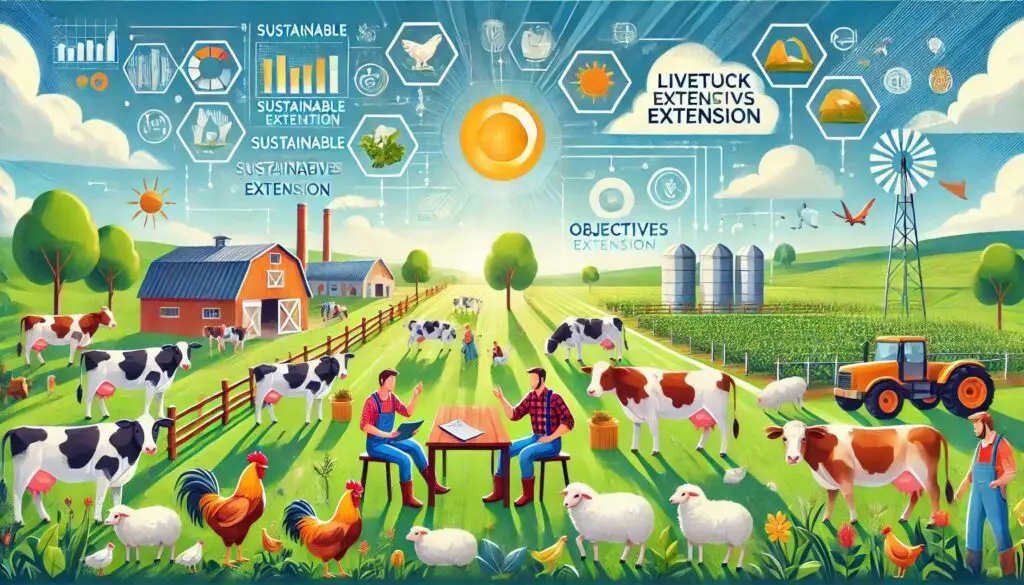
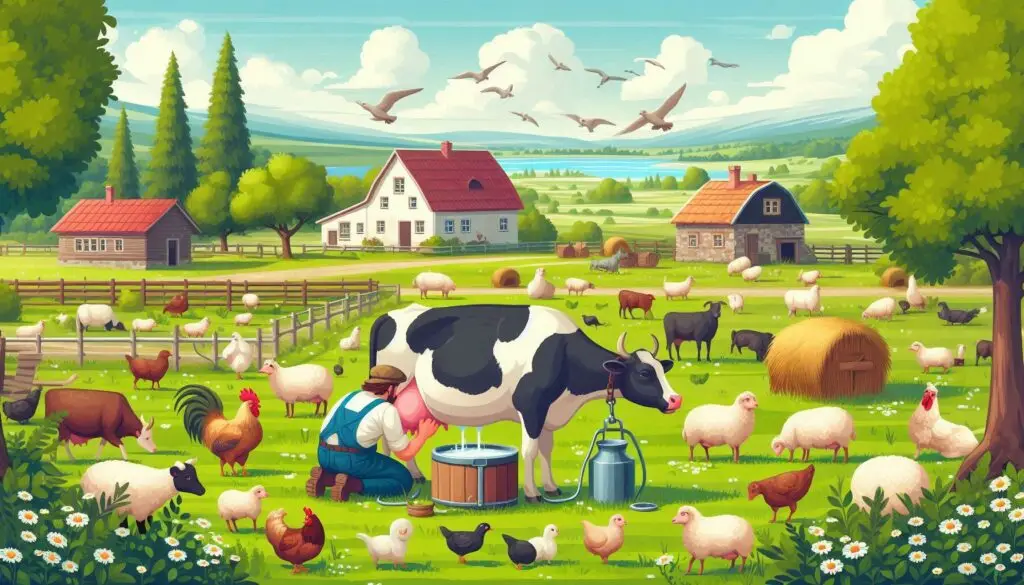
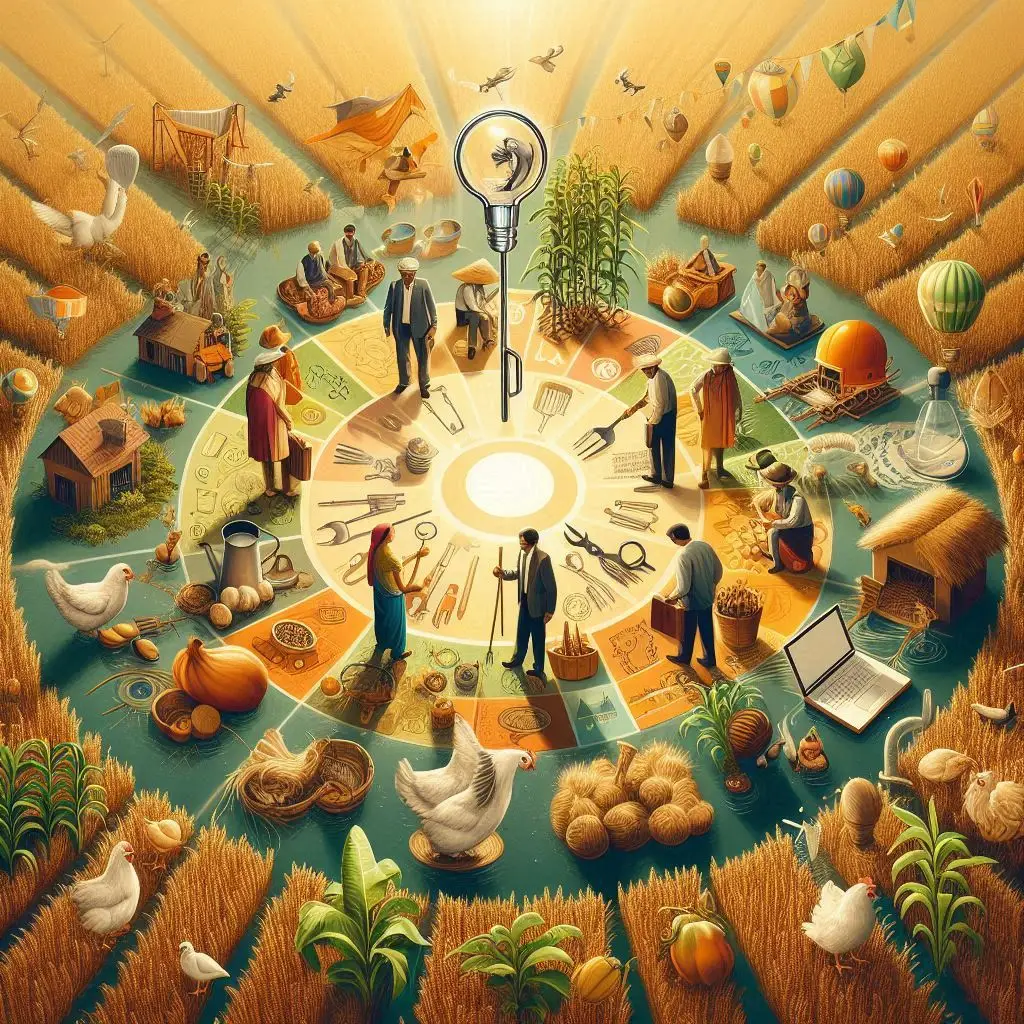

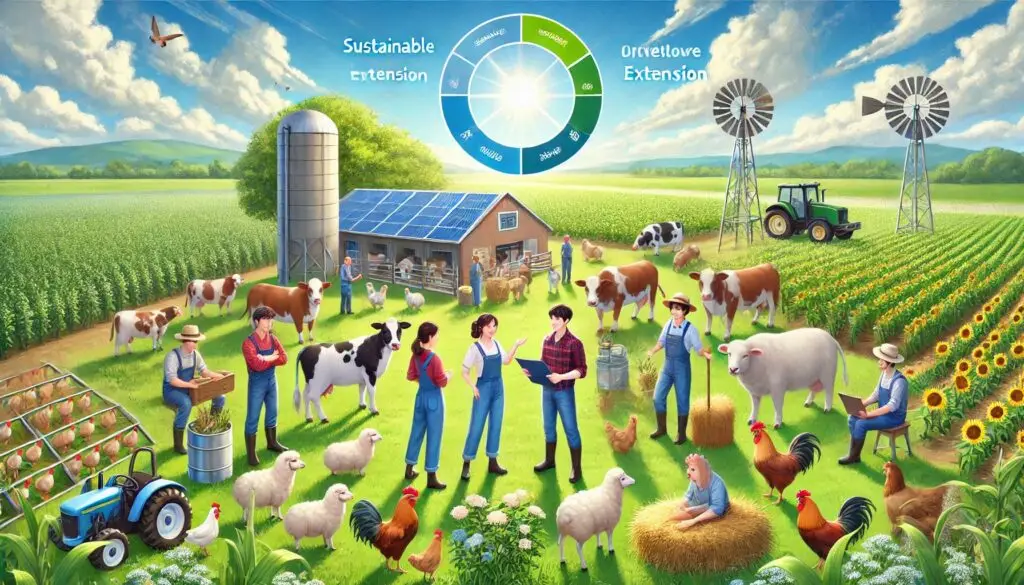
Responses